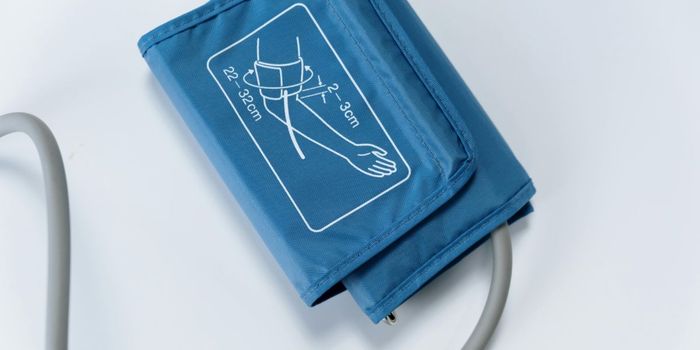Improved Triage Method to Get STEMI Patients from Door to Treatment
A heart attack is an incredibly sudden and dangerous cardiac event that requires quick action for a successful recovery. How hospitals manage to get patients from door to treatment varies, with some hospitals trying to make it better any way they can.
ST-elevation myocardial infarction (STEMI) is a severe type of heart attack caused by a plaque in a blood vessel bursting and causing blockages in major arteries. An electrocardiogram, or ECG, is the most common way to diagnose STEMI. Once diagnosed, it is usually followed up with primary percutaneous coronary intervention (PCI) to implant a stent to reopen the artery.
All that has to happen quickly though, if a patient is to get through the event successfully. Hospitals measure the “door-ECG” time, or the time it takes for a patient to get an ECG done, and the “door-balloon” time, or the time it takes to get a patient into surgery for PCI. The American Heart Association sets the standards for these measurements, with the door-ECG time standard set at under ten minutes and the door-balloon time being under ninety minutes.
Hospitals everywhere strive to make and beat these standards. In a new study out of I-Shou University in Taiwan, a team examined how their new triage method improved their door-ECG and door-balloon times. Their method hinged on a simple red tag on the bedside of patients suspected of having STEMI and strategic placement of those patient’s charts to make sure they were treated quickly.
The study ran for just over two years and was found to have a significant improvement in both door-ECG and door-balloon times. Door-ECG times went from 5 minutes to 4 minutes on average, with more STEMI patients getting treated under the standard timeframes. The door-balloon time dropped from 81 minutes to 70 minutes, with a similar trend showing an increased number of patients receiving treatment faster. These times may seem like small changes, but every second counts when it comes to heart attack treatments.
The team notes that four factors contribute to lengthy treatment times for STEMI patients; underestimation of case severity, STEMI without chest pain, walk-in patients, and patients being female. Of these, the team found a significant improvement in treatment times for walk-in patients and improperly triaged patients when the new method was introduced. A decrease in treatment time for women was also seen but was not statistically significant. STEMI patients with no chest pain saw no change in treatment times.
Although the new method did not reduce hospital stay lengths, it managed to bring the effective treatment times for many patients down. The most significant immediate impact was the improvement to the number of patients who received timely care.
The study concludes, “Utilizing a modified chief complaint-based cardiac triage strategy, the current study showed that the DTE and DTB times could both be significantly shortened for STEMI patients.”
Sources: Nature Scientific Reports, Living Better









